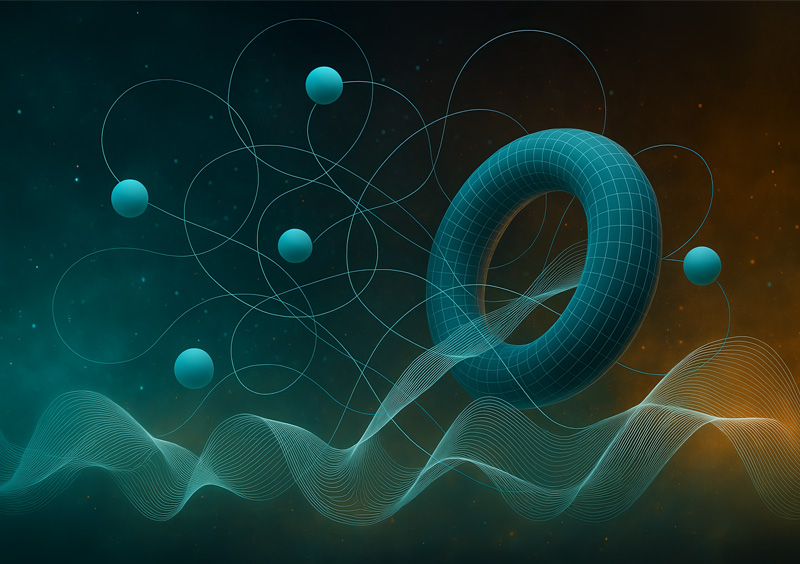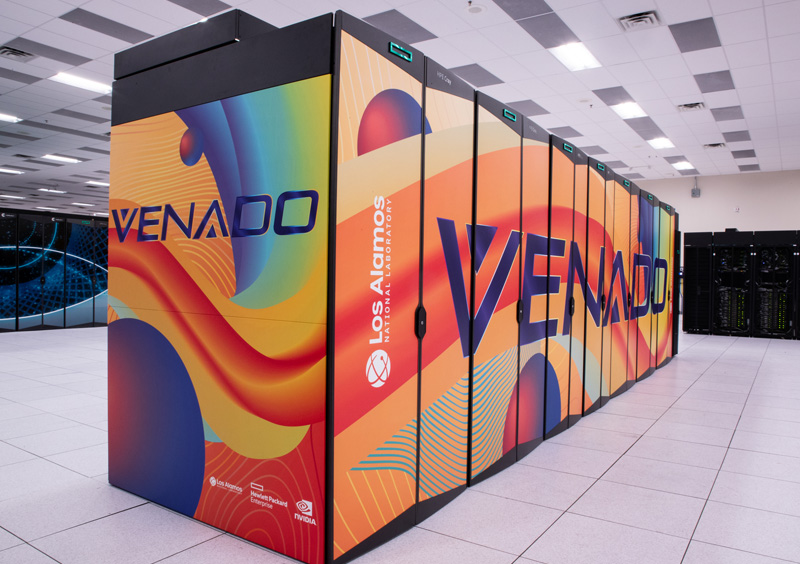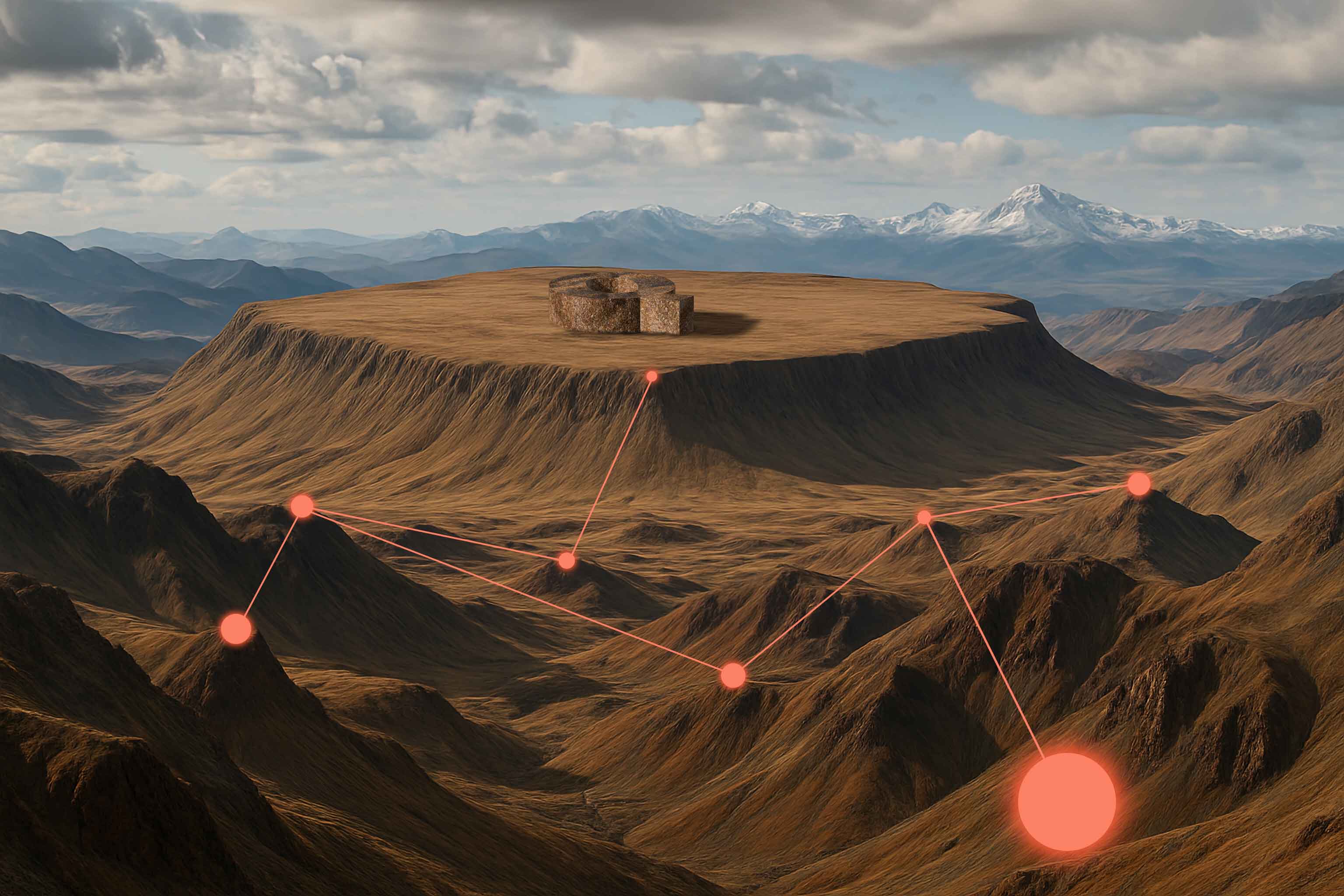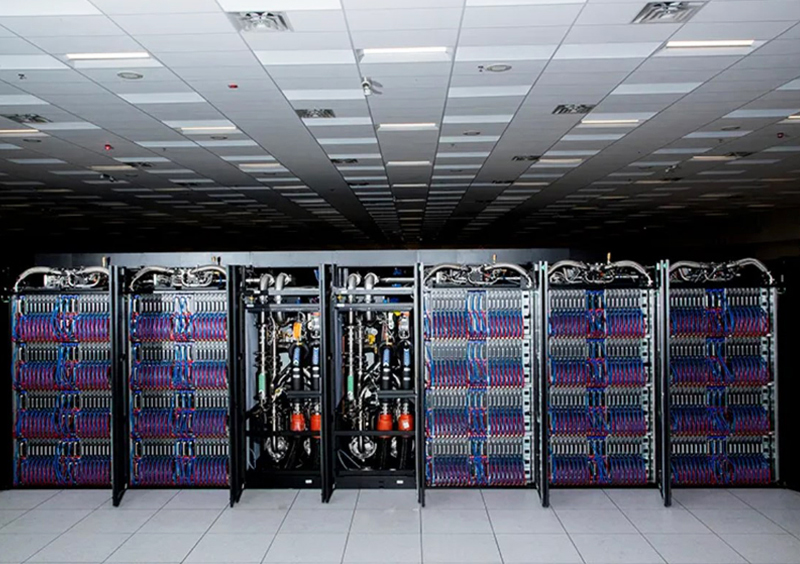Neural networks revolutionized machine learning for classical computers: self-driving cars, language translation and even artificial intelligence software were all made possible. It is no wonder, then, that researchers wanted to transfer this same power to quantum computers — but all attempts to do so brought unforeseen problems. Recently, however, a team at Los Alamos National Laboratory developed a new way to bring these same mathematical concepts to quantum computers by leveraging something called the Gaussian process.
“Our goal for this project was to see if we could prove that genuine quantum Gaussian processes exist,” said Marco Cerezo, the Los Alamos team’s lead scientist. “Such a result would spur innovations and new forms of performing quantum machine learning.”
One of the most fundamental breakthroughs in the field of machine learning came after the realization that large neural networks converged to Gaussian processes. A neural network can contain millions of "neurons," essentially mathematical nodes that make educated guesses on given information. While individually random and unbiased, after millions of guesses, the information these neurons process conform to a Gaussian curve, also called a bell curve, which allows researchers to extrapolate an average.
Essentially, the team was able to prove that the same Gaussian curve applies to some quantum computing processes — a development that promises to significantly alter quantum computing capabilities.
The Los Alamos team outlines their findings in a new paper, published in the journal Nature Physics.
New way of learning avoids known issues
Neural networks are among a family called "parametric models,” which work by leveraging variational parameters that can be tweaked in order to “learn” on their own. After its success in classical computing, scientists wanted to leverage neural networks for quantum computing, which promised to enhance the power of these machines as they performed tasks much too complicated for classical computers.
But after years of research, the Lab team found that parametric models in the quantum computing setting tend to create unforeseen problems, such as barren plateaus, which lead to mathematical dead ends.
“The issue with quantum neural networks is that we were copying and pasting classical neural networks and putting them in a quantum computer,” said Martin Larocca, a Lab scientist who specializes in quantum algorithms and quantum machine learning. “This appears to not work as easily as one could have hoped. Hence, we wanted to go back to basics, and find simpler, more restricted ways of learning, but which could actually work and also have certain guarantees.”
Unlike neural networks, Gaussian processes are not parametric, and therefore sidestep many of the aforementioned issues. But Gaussian processes are not an all-purpose tool: if the distribution does not follow a bell curve, the resulting prediction can be inaccurate. So, the team used advanced mathematical tools that enabled them to check their math, confirming the new method was Gaussian and a suitable, accurate means to process quantum data sets on quantum computers.
“This is the Holy Grail of Bayesian learning,” said Diego Garcia-Martin, the paper’s first author. “More than a mathematical curiosity, our result has concrete practical implications. Say you need to predict housing prices. You start with an initial guess that prices follow a simple bell curve — a Gaussian. So, if you give me an observation, like a house and its price, we can use this Gaussian process to update the bell curve and find a new and better distribution of house prices. The more data we have, the more precise the prediction — a method known as Bayesian inference via Gaussian process regression. Our result implies that the same principle can now be applied in quantum computing.”
A new quest
Replicating the power of neural networks on quantum computers has been a longtime goal in the field, and this paper marks years of work for the team and the first time this capability has been proven mathematically.
Because quantum computers are still a nascent technology, this work — and much of the research done in the field of quantum machine learning models — is still theoretical. This is necessary so that when powerful quantum computers are finally developed, researchers will have equally powerful machine learning models to solve some of the world’s most complex, otherwise intractable problems.
As part of a larger body of work, this paper points to a new direction the team would like to see the quantum community pursue — that, essentially, researchers should stop trying to force models designed for classical computing to fit into the realm of quantum machine learning.
“This is the quest we’ve had,” Cerezo said. “We need to find new ways of doing quantum machine learning, not continue to beat a dead horse, so to say, by recycling old methods.”
Paper: “Quantum neural networks form Gaussian processes” Nature Physics.
Funding: Laboratory Directed Research and Development Program, the Center for Nonlinear Studies at Los Alamos National Laboratory, and Los Alamos National Laboratory’s ASC Beyond Moore’s Law project.
LA-UR-25-26353






